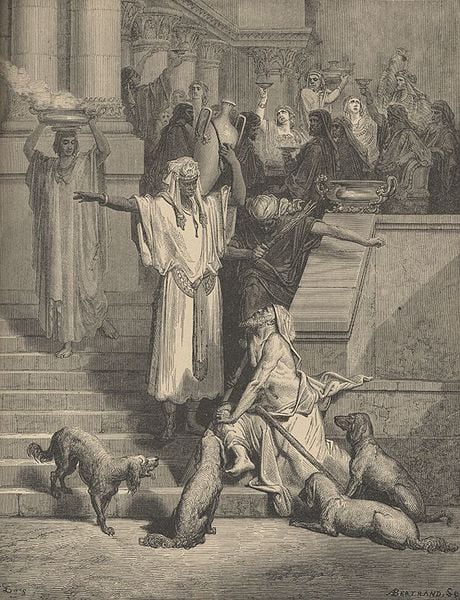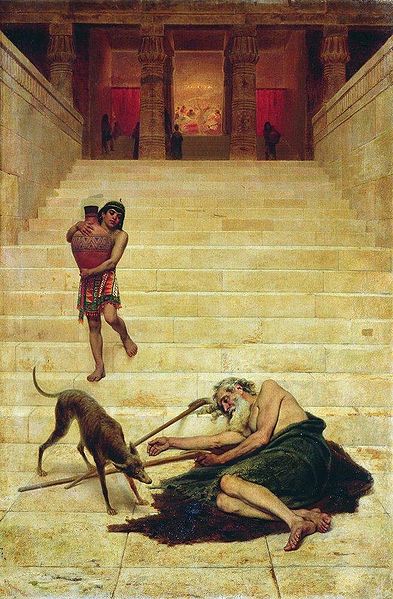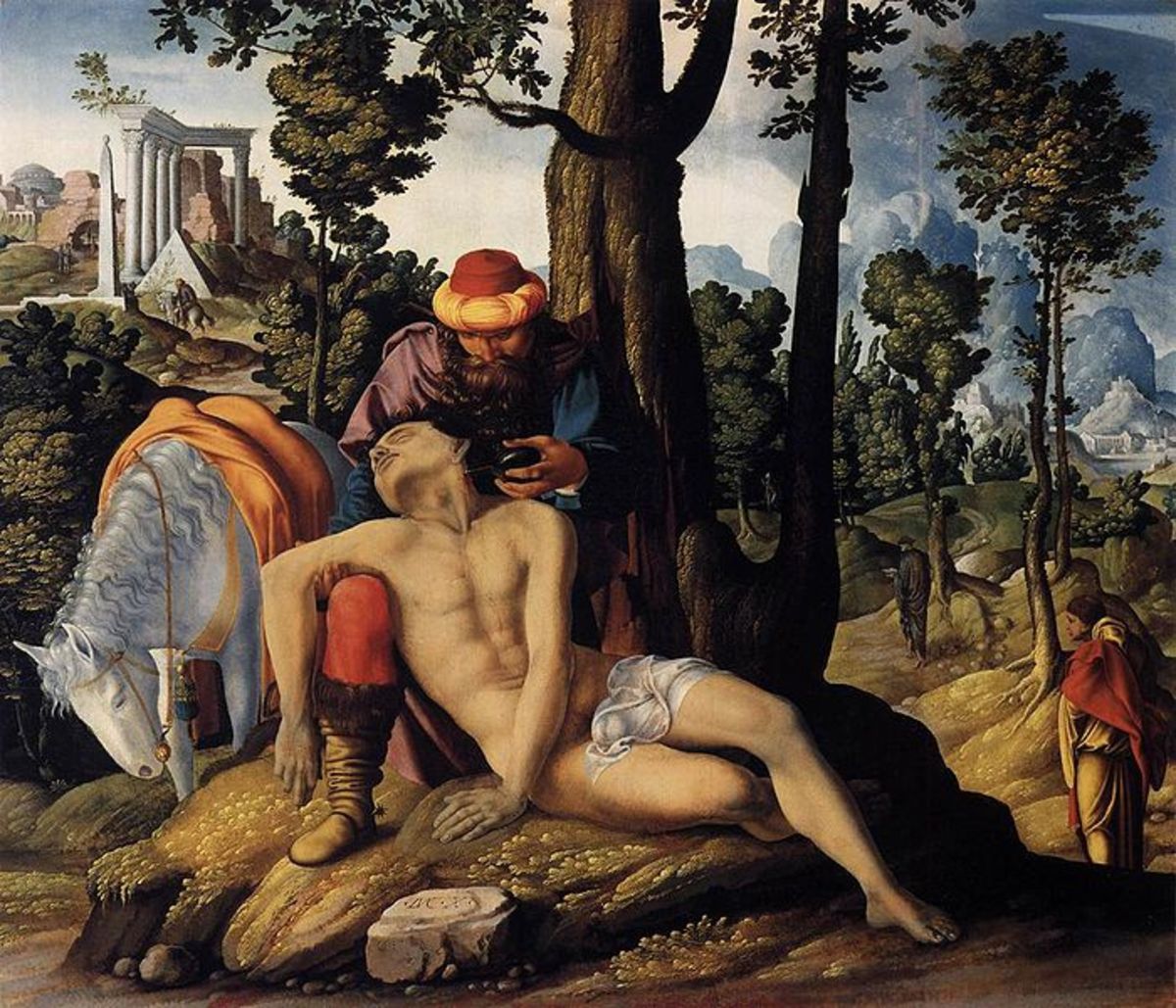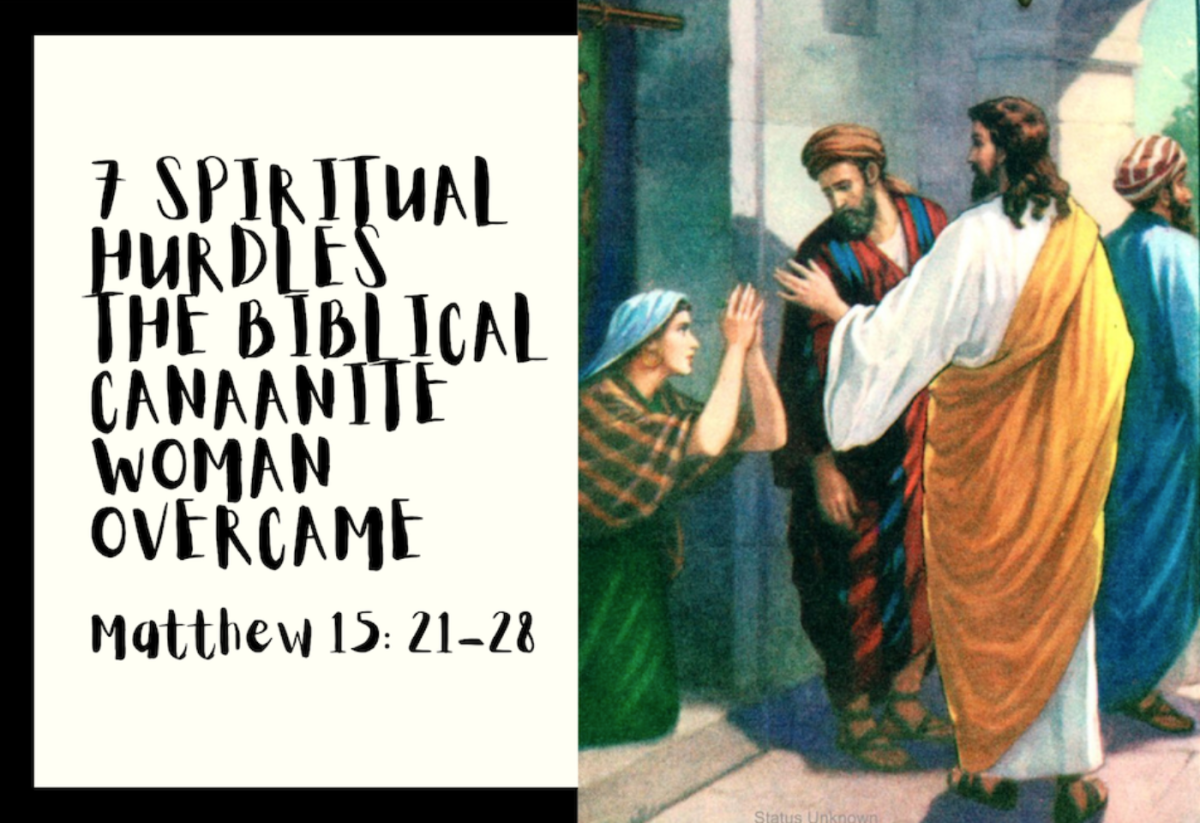Parable of the Rich Man and Lazarus (Or “Dives” and Lazarus) - Luke 16

Parable of the Rich Man and Lazarus
The parable of the rich man and Lazarus (Luke16:19-31) is one of Jesus’ most well-known parables, but is also one of the most difficult to interpret. For example, what does “Abraham’s Bosom” really represent, besides it’s varying connotations within myths of Second Temple and Rabbinic Judaism? Why is the rich man in torment? Is this a polemic against worldly wealth in general, or against something else entirely?
I believe that Jesus spoke this parable against the sort of religious pride by which some people set themselves apart from others, as separate from or better than them. If we set ourselves apart as better than others, we are not loving them. So this parable presents a teaching that is still very relevant today. But before I discuss the meaning of the parable in more detail, I must address those who don’t perceive this to be a parable at all, but some kind of historical account of a thing that actually happened.
I’m not sure where the idea came from, or how many people think it: that by telling this story, Jesus was intending to give a literal history of something that happened. It seems that many people almost use this parable as a way to get some kind of picture of the “afterlife” for good people vs. bad people. But since this is a parable, I don’t think we can get any picture of the afterlife from it at all. The physical environment in the parable is symbolic. This is not unusual in parables. Consider the parables in the chapter right before the chapter with the rich man and Lazarus. In Luke, chapter fifteen, there is first a story about a lost sheep, and then about a lost coin. The physical elements of these stories (sheep/coin), however, were symbolic of people. They weren’t literal.
Some Evidence it is a Parable
That this is a parable, not a historical account, seems unavoidable to me. Here is a list of a few reasons:
1. I can think of no other place in the New Testament where Christ gives such an extensive narrative of anything, in the past tense, and it is not a story/parable. If you know of an example to the contrary, please leave me a comment, so I may correct this.
2. This parable begins exactly the same way as the parable immediately before it, at the beginning of Luke 16: "there was a certain rich man".
3. The name "Lazarus" seems to be allegorical. Lazarus means "God is my help". The beggar was not helped by people in his lifetime, but in the end, God helped him and gave him comfort. So it seems more likely that Jesus included a name for this character, not to suggest that he was a historical figure, but to enrich the symbolism of the parable. There are other places in the scriptures where people are given names in parables. Turn to Ezekiel 23:1-4 for an example.

4. The word sometimes translated "hell" in this passage is the Greek word "Hades", which was the Hellenic (that is, "pagan") conception of the underworld, where all souls went after they died, regardless of whether they were good or bad. Are we to assume that Jesus actually believed in the "pagan" view of the afterlife, seeing as how the word "Hades" is used here? Most likely, Jesus used a word in his own language comparable to "Hades". This would have been "Sheol", which simply refers to the grave, or the shadowy abode of all the dead, regardless of whether they were good or bad.
5. The parable ends with the words, “If they hear not Moses and the prophets, neither will they be persuaded, though one rose from the dead.” This seems to be an obvious reference to the fact that the Jewish religious leaders would not believe in Jesus even after he rose from the dead, seeing that they didn’t believe in Him from reading the Jewish scriptures. In John 5:39, Jesus tells these same people that they search the scriptures--the Jewish scriptures, that is, Moses and the prophets--thinking they will find in them eternal life, when all along Moses and the prophets point to Him, and they refuse to come to Him and have life.
The Rich Man
So what is symbolized by the things in this parable? Let’s begin with the rich man, who is sometimes called Dives, because “dives” is the Latin word for “rich man”. He is described as being clothed in “purple and fine linen”. In that culture, purple clothing was a symbol of royalty, and linen was to be worn by the priests. 1 Peter 2:9 refers to those who believe in Jesus as “a royal priesthood, a holy nation.” This echoes the perception the Jews had of themselves. They saw themselves as the chosen people of earth, destined both to rule and to mediate as priests between God and man. When Jesus tells this parable, he is telling it to Pharisees, who were among the most devout of all Jews. They certainly would have seen themselves in this light. So I think the rich man symbolized both certain Jews in Christ's time, and, in our time, would symbolize certain Christians, who are inheritors of the Judaic traditions, and also claim exclusive access to God and his blessings.

Lazarus
Lazarus, on the other hand, represents those whom the religious people exclude or do not wish to associate with, lest they be corrupted by their impurities. The Pharisees, to whom Jesus directly spoke this parable, were so devout that they would not even eat with or spend time in the house of someone who was not also a Pharisee. While the rest of the Jews generally just shut themselves off from “Gentiles” (anyone not a Jew), the Pharisees even set themselves apart from the rest of the Jews. This would be like if Baptists (just for example) refused to eat with or befriend not just non-Christians, but anyone who was not a Baptist. In fact, in the previous chapter (Luke 15:2), the Pharisees were judging Jesus for eating with “sinners”.
It is in this atmosphere of exclusion and distinction and judgmental attitudes that Jesus tells this story. Appropriately, Lazarus is described as having to sit outside the rich man’s gate, hoping for the leftovers from his table. He does not get to eat at the table with the rich man. He is outside. Excluded. And tellingly, dogs attend to him, “licking his sores”. Jews in that day commonly referred to Gentiles as dogs. In Matthew 15:26, for example, Jesus at first refuses to help a Gentile woman because “it isn’t right to throw the children’s (Jew’s) bread to the dogs (Gentiles)”. The woman responds that “even the dogs eat the leftovers from their master’s table.” Recall that Lazarus also only hoped for leftovers from the table from which he wasn’t allowed to eat directly. The Gentile “dogs” were not fit for the things of God, for the promises, for the covenant. They were excluded outsiders.

An Elemental Change
When Lazarus (symbolizing the Gentiles) and the rich man (symbolizing the Jews) both die, I concur with Bryan Huie’s article at tentmaker.org that this symbolizes “an elemental change in the status and position of the two groups”. The Jewish nation, according to this parable, would have their privileged status as a “royal priesthood” to the world taken away, and they would suffer a period of tribulation (symbolized by the fire that the rich man finds himself in). The Gentiles, in turn, would begin to receive direct access to the promises and blessings of God (symbolized by being carried to Abraham’s Bosom), as they began to believe in Jesus. In fact, Luke was probably written relatively soon after the horrific destruction of the Jewish temple by the Romans, the massacre of countless Jews in Jerusalem, and the scattering of many Jews from their homeland in Palestine. This effectively put an end to Second Temple Judaism (royal priesthood taken) and certainly counted as a horrible trial by fire. Titus, the Roman conqueror who destroyed Jerusalem, supposedly said that there was "no merit in vanquishing people forsaken by their own God". It was common among the Christians at that time to blame the Jews’ troubles on their rejection of Christ. So it would make sense for a story like the parable of the rich man and Lazarus to be circulating among Christians at the time Luke was written.
The Moral of the Story
I will now end my discussion of the symbolism of the parable. There is a much more thorough examination of this symbolism here: Tentmaker.org. I’ll conclude by saying that I don’t believe the larger message of this parable is directed alone at certain Jews in Jesus' time. I think it is a highly appropriate message to Christians today, who claim exclusive access to God’s covenant and blessings, and see themselves as the mediators of these blessings to other people. The message is this: you are to love all people, and not exclude anyone or set yourselves up as better than they are. Do not keep people of other beliefs (or lack of beliefs) at “arm’s length”, afraid of getting their “impurities” on you. It is God who purifies you. Your position is to love and serve all, not to sit around the table together while the rest of the world sits outside at the gate.
In His Love.





